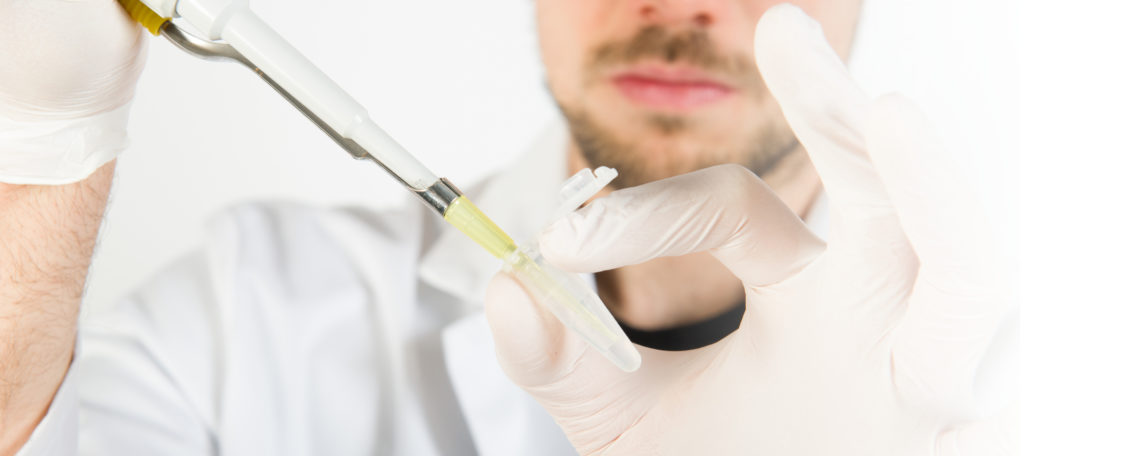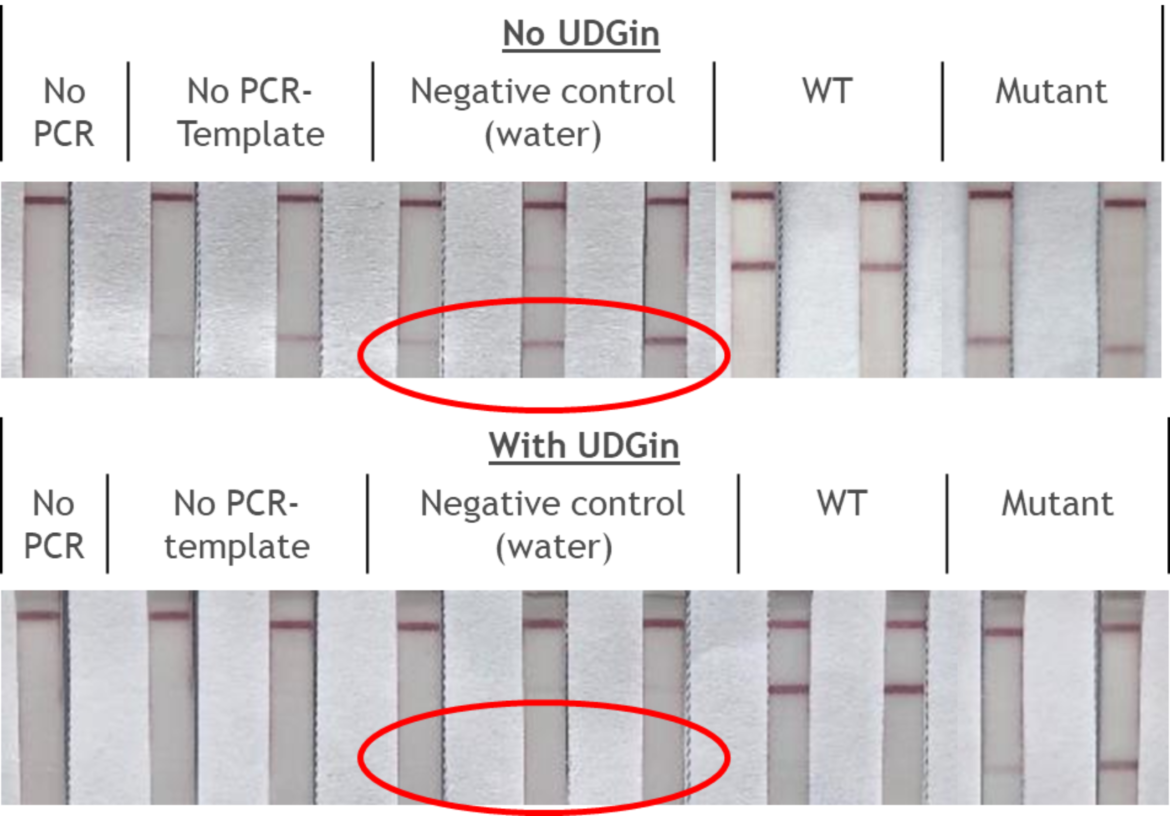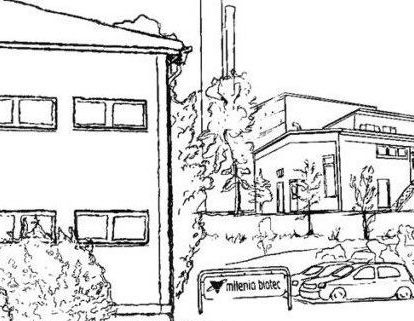To help you, prevent this time wasting, annoying work I want to give some general advices:

Contamination in amplification steps can occur from many reasons
The general reason for contamination is the presence of templates and amplicons in the lab environment. Most labs are working with several employees on one topic for some months or years, for example an inherited disease, where a specific gene plays a major role. You can imagine, contamination of the lab environment with this specific gene can easily occur (I had this problem with gfp, which everyone used as reporter gene during my phD).
Finding the source of a contamination is like looking for a needle in a haystack. To name a few possibilities: check/clean/exchange your pipettes, the centrifuge, the bench top, vortex, racks, tips, reagents (polymerase, buffer, nucleotides, water,…).
General Lab Practice to avoid Contamination
Most people (as so do I) working with DNA amplification methods know the terrible moment, seeing a positive signal in your negative control. First, you still have a faint hope: “Maybe I was not concentrated and put some template DNA instead of Water into my negative control”
After repeating the experiment and seeing again false positive results, one has to do a lot of troubleshooting.
- My first recommendation is to spatially separate the two main steps of your experiment: a) Preparation of the PCR/LAMP/RPA reaction and b) the amplification step and lateral flow readout. The mastermix should additionally be prepared in a template-free area of your lab. If you have enough space, go to another room to do the different steps. When changing the room, don’t forget to change your gloves and lab coat. Even if it is time consuming and annoying, think of the time you might lose, if you have a cross-contamination! Don’t go back to the preparation area with your samples if you already have been in the amplification area, you always have to work in one direction.
- I know, most people working in the lab have special preferences when it comes to pipettes, sometimes it’s like a superstition. But I will recommend you not to use the same pipette for the different steps of your Experiments. You need at least one or more (depending on the volumes) pipette(s):
-
- for the preparation of your mastermix
- for the addition of the template DNA
- for the transfer to the LFA
To further avoid contamination through pipetting: use filter tips.
- Same thing for reagents: use dedicated reagents (e.g. water) for the different steps/areas
- Try to prevent aerosols as much as you can: Spin all tubes before opening!
- Don’t forget to change your gloves between the different steps.
- If you have the chance, use a uv sterilizer for the area where your mastermix is prepared
- Use a clean (autoclaved) rack
- Use nuclease free water, which is purified, double-distilled, deionized and autoclaved.
What to do, if you already have contamination in your amplification experiments?
First of all, change all reagents. If possible, go to another lab with your fresh reagents and check if there is still contamination. Don’t bring anything except the reagents! Do not bring your pipettes! If there is still contamination, check your reaction. It might be that your primers are non-specifically binding: Design a new set of primers. Check, if you are doing the 8 steps I mentioned above. You can try to change your pipettes, use filter tips and so on.
Another possibility is to use UNG (uracil-N-glycosylase). You have to use dUTP instead of dTTP in your amplification reaction. Carryover contamination from amplification products can then be prevented by adding UNG to your reaction and incubate it (prior to amplification) for 2 minutes at 50°C.
UNG degrades products that have already been through the amplification process by removing Uracil. The polymerase and the other reagents are not affected by the UNG treatment, only carryover products will be removed.

If you are using LAMP for amplification, note that the possibility of carry over contamination is higher than in PCR or RPA due to its high amplification rate.
If you have further questions or need more information, you can contact us here.
Do you want to know more about our products and news About Milenia Biotec? Please follow us on LinkedIn
